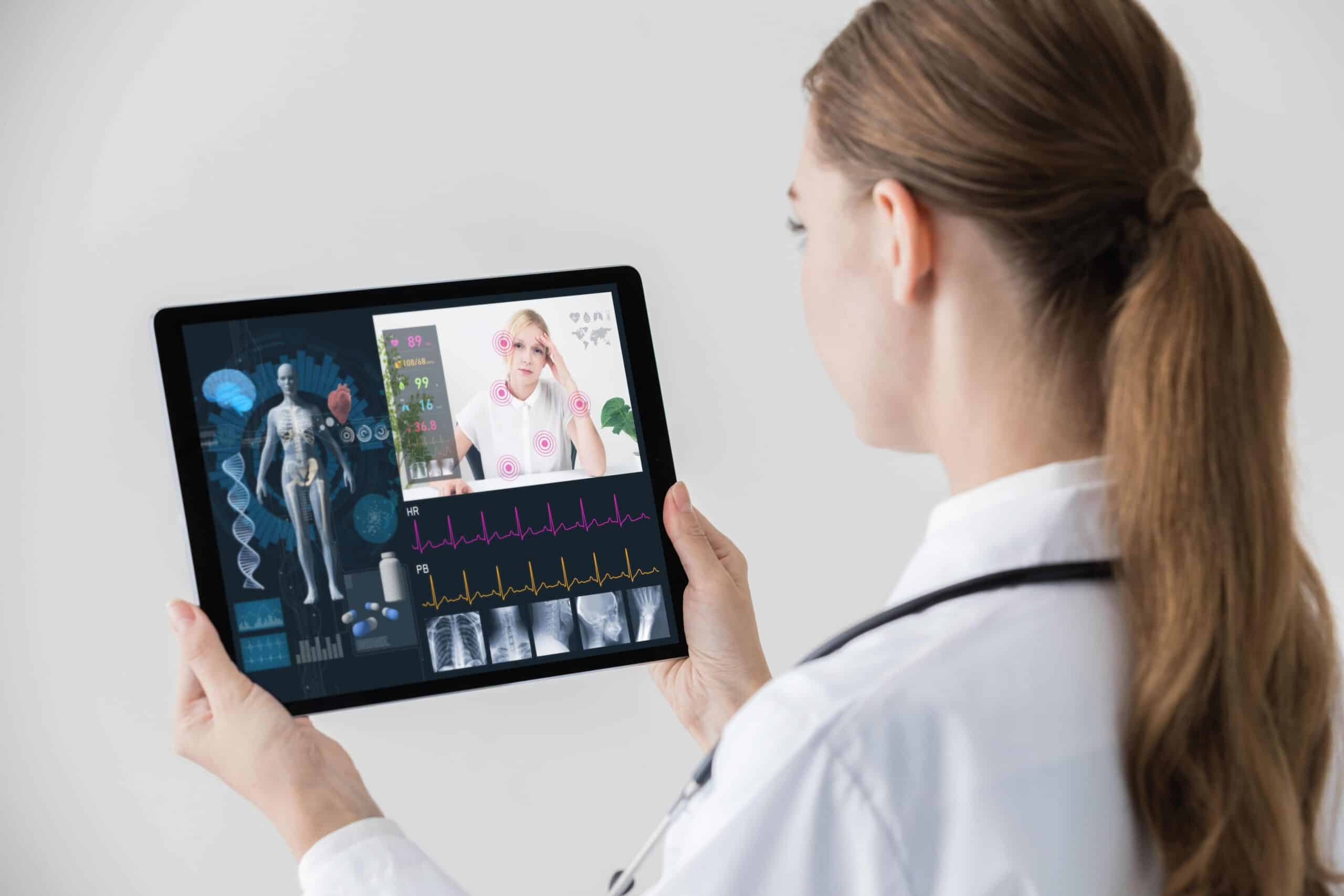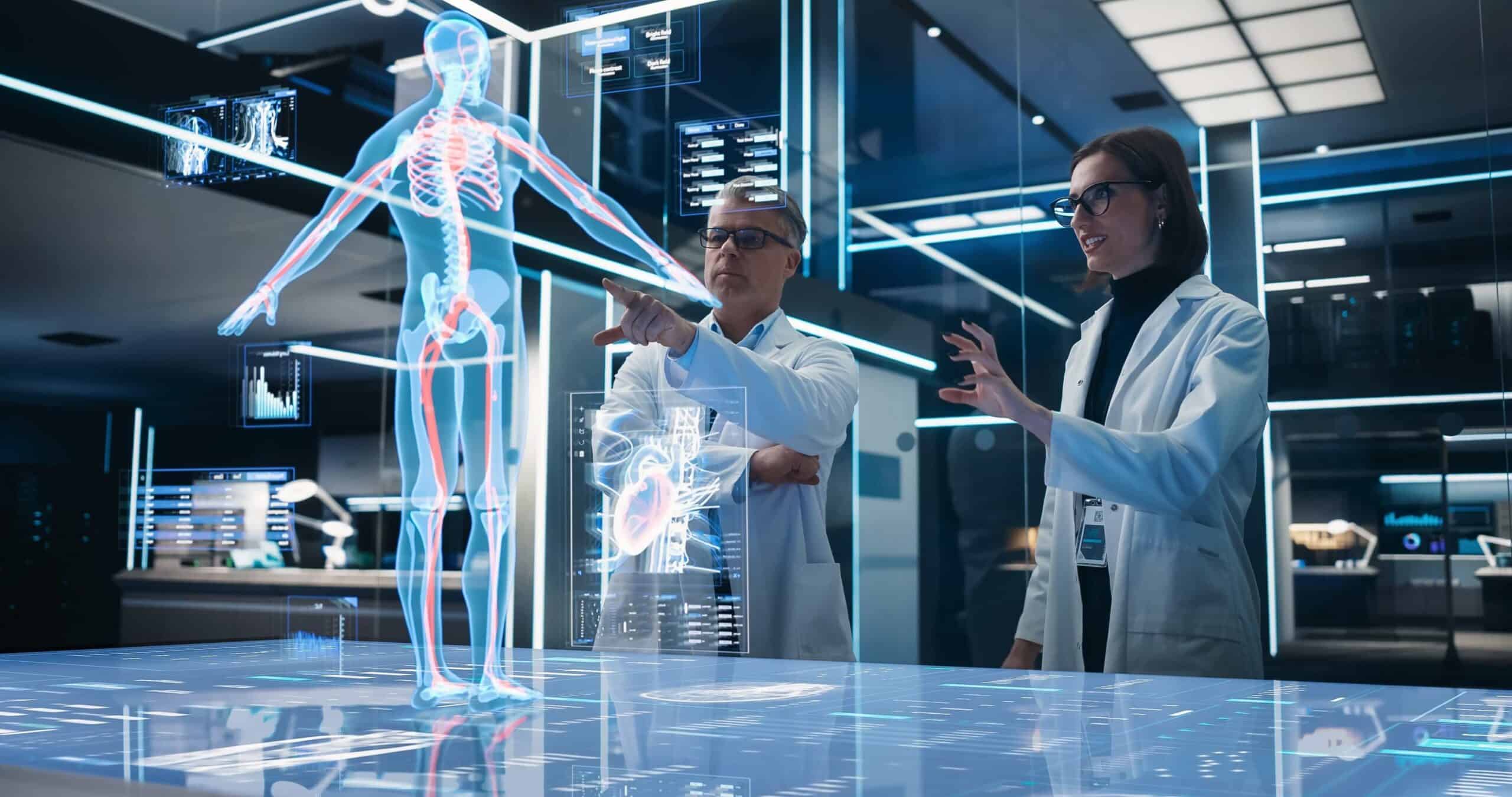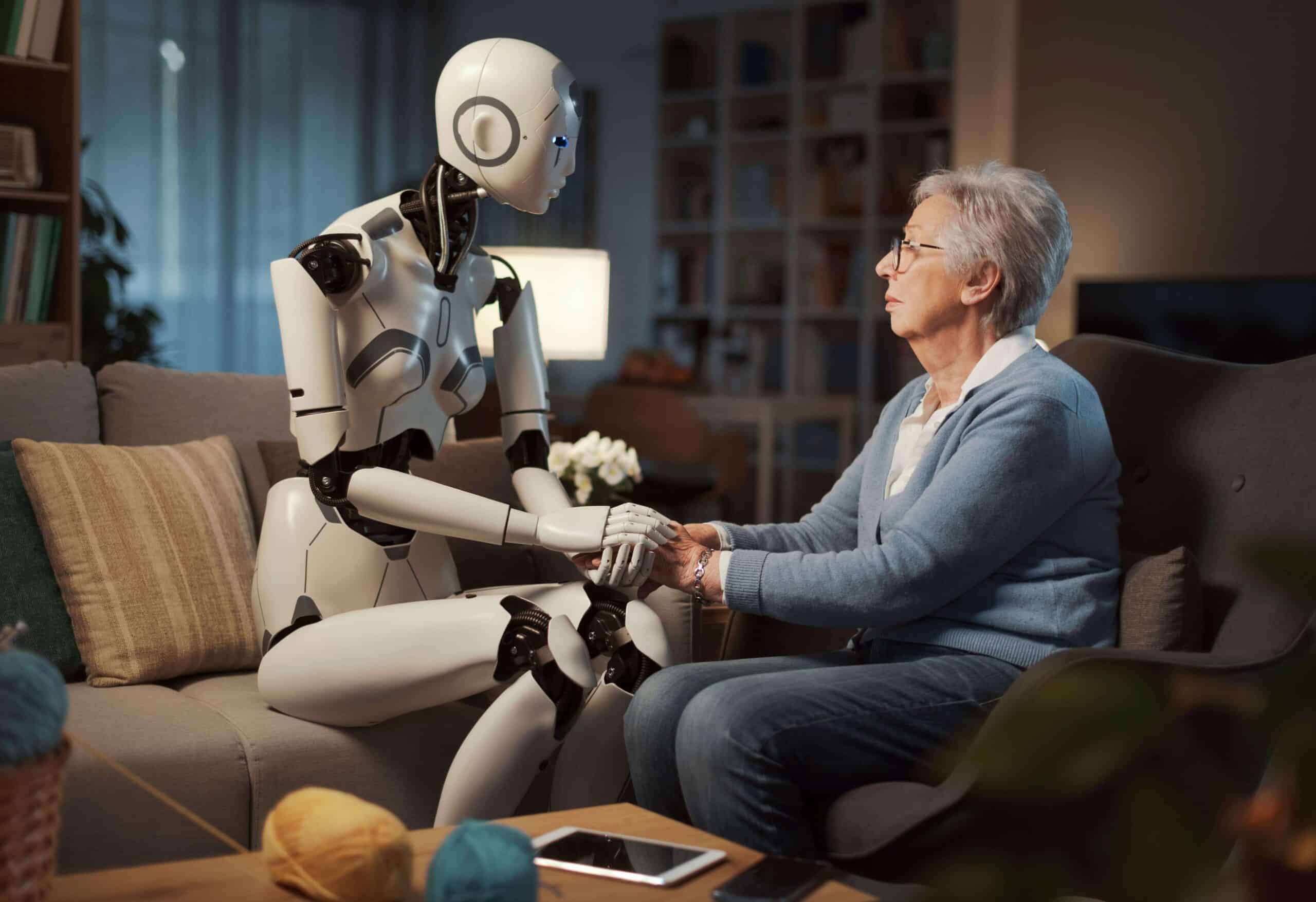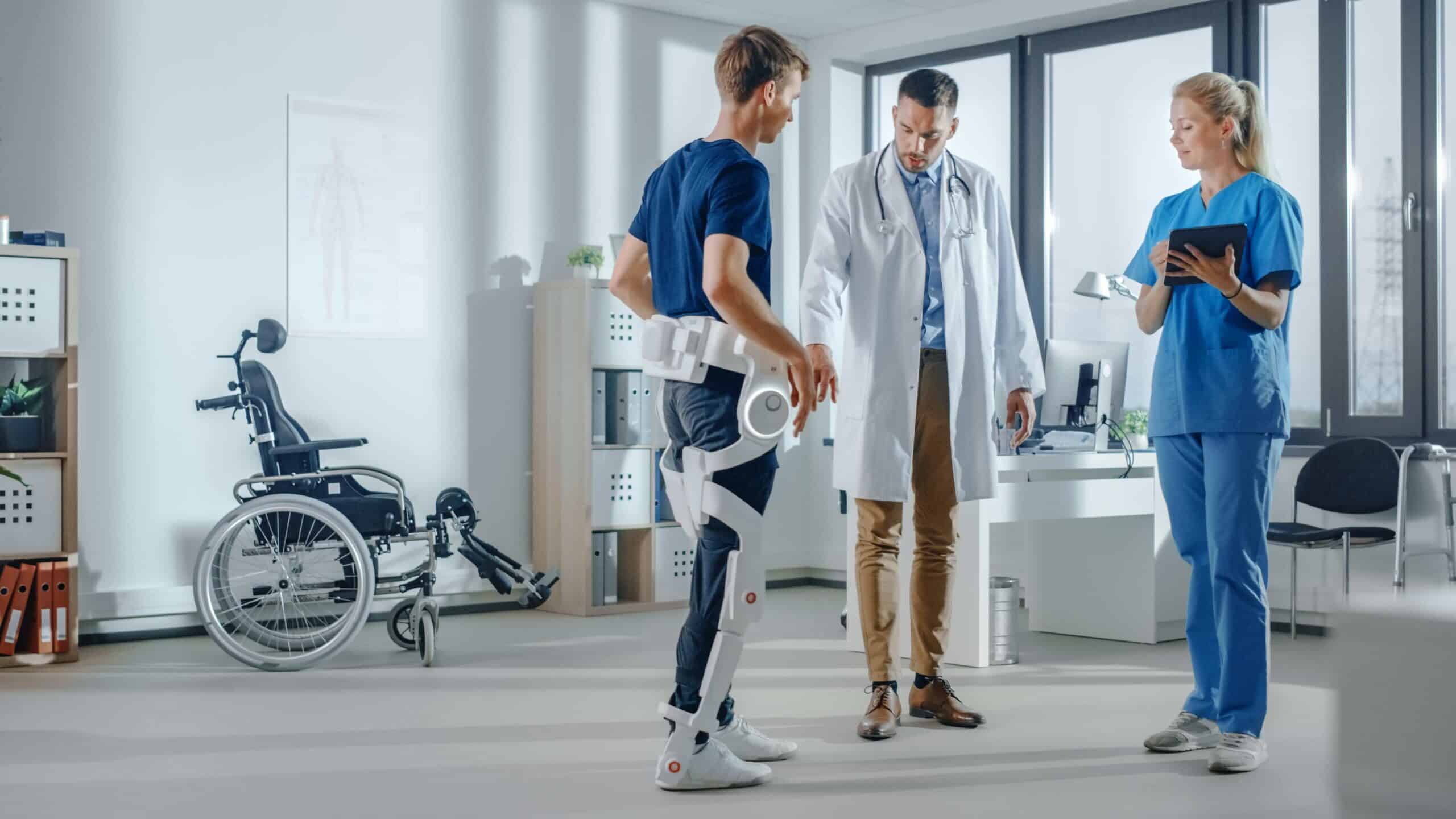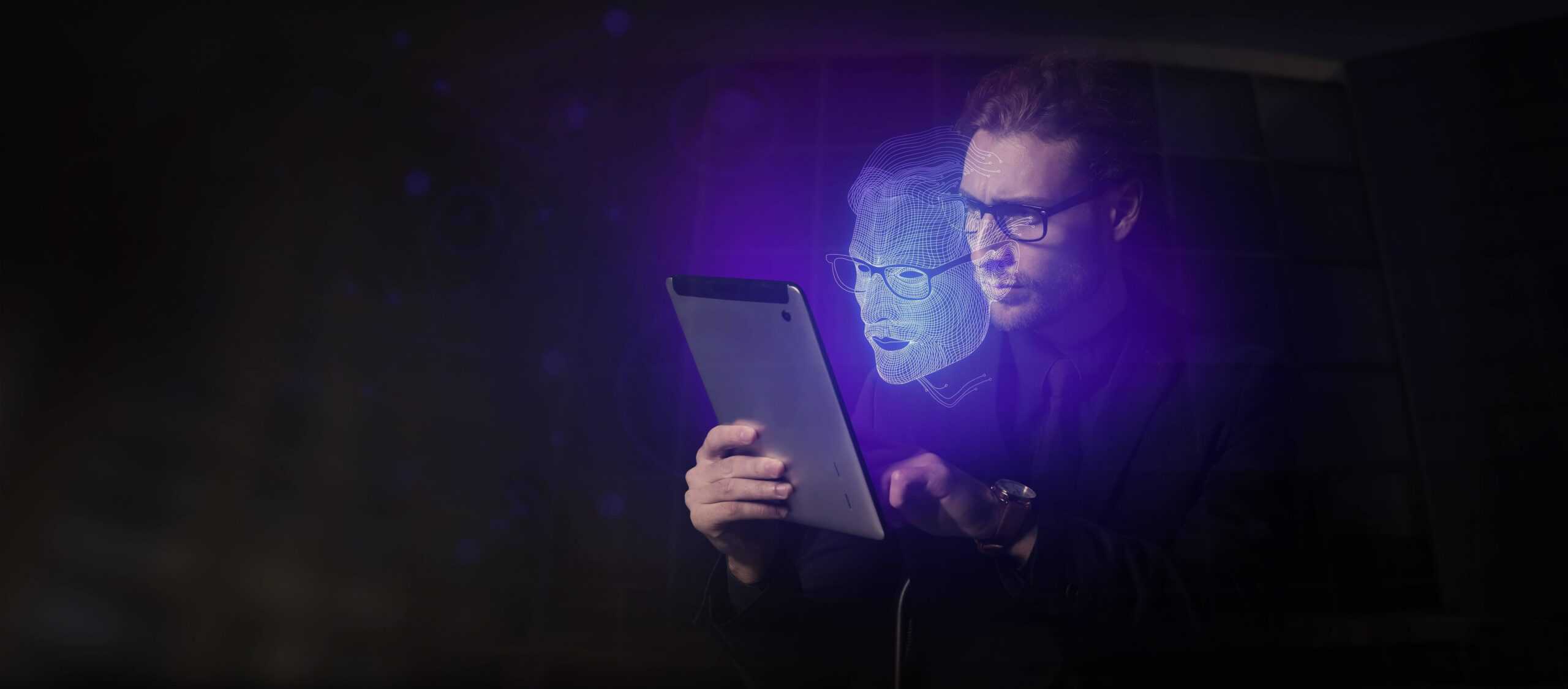- Can VR make it easier to deal with cancer?
- Brain injury treatment goes virtual
- How technology can help you overcome your fear of the dentist
Once considered nothing more than a gimmick, with applications restricted almost exclusively to the realm of entertainment, virtual reality (VR) technology has come a long way in recent years, finding its way into a growing number of industries. One of the sectors in which VR is starting to take on an increasingly prominent role is healthcare, where it is redefining therapeutic approaches, offering a novel and interactive form of treatment that enhances patient engagement and recovery. By creating a simulated environment that patients can interact with in a realistic yet controlled manner, VR is particularly transformative for those undergoing physical, cognitive, or psychological therapies. For individuals grappling with mental health issues, such as anxiety, depression, or PTSD, VR acts as a conduit for controlled exposure and cognitive behavioural therapy.
Patients can safely confront triggers and learn coping mechanisms within virtual settings, which are meticulously crafted to support their therapeutic journey. This controlled exposure is particularly valuable, as it can be adjusted to suit the patient’s progress and the therapist’s strategy, offering a more personalised pathway to recovery. Physical rehabilitation can also benefit greatly from the adoption of VR technology, as it allows patients recovering from injuries or surgeries to perform exercises in a virtual context. This has been shown to promote neuroplasticity — the brain’s ability to reorganise itself and form new connections. By engaging in game-like scenarios, patients are often more motivated to complete their exercises, potentially leading to a faster and more effective recovery. For those suffering from chronic pain, VR provides an immersive distraction that can help reduce the brain’s pain signals during painful procedures or flare-ups. This not only aids in short-term pain relief but can also contribute to long-term pain management strategies.
“I think what’s cool about VR, versus just giving an educational pamphlet or something like that, is that it’s really immersive. It helps take them somewhere else — to a place that has nothing to do with their cancer, so they can get in a better mind space and learn these helpful tools”.
Amanda King, nurse scientist and research fellow at the National Cancer Institute (NCI)
Can VR make it easier to deal with cancer?
As many one of us can probably attest to, being a teenager isn’t easy. It is at this stage of life that we start to establish our personal identity, form our first romantic relationships, and explore education and career opportunities that are available to us. It’s a crucial formative period during which we’re finding our place in the world and taking the first step towards independence. As if this wasn’t challenging enough on its own, a sudden cancer diagnosis will make things infinitely more complicated. While cancer isn’t easy on anyone, it can be particularly devastating for this demographic. Having to deal with such a serious illness at such an early age can wreak havoc on a young person’s quality of life. In addition to having a highly detrimental impact on someone’s wellbeing and development, cancer can also disrupt their education and affect their future career prospects. What’s more, cancer patients often experience a wide range of mental health issues, including anxiety, stress, depression, low self-esteem, and feelings of isolation. These can make it difficult for them to adhere to their treatment, which reduces their chances of triumphing over the illness.
Studies have shown that support groups can significantly increase the resilience of adolescents and young adults during cancer treatments, as well as improve their psychosocial outcomes. However, many cancer patients are unable to participate in in-person support groups, whether due to geographical constraints, prolonged hospitalisation, or other responsibilities. To address this issue, XRPeds, a research lab within the Department of Pediatrics at the Yale School of Medicine that focuses on the development of XR-based clinical applications for youth, recently formed a virtual reality support group for young adults. The group enables them to connect and interact with their peers in a safe virtual environment without actually having to leave the comfort of their homes. Once the patients put on a headset, they are transported to a digital recreation of a therapist’s office, where they are represented by a digital avatar. Similar to Zoom calls, VR technology offers a heightened degree of immersion, making the participants feel as if they were all in the same room together. According to Asher Marks, co-director of XRPeds and associate professor of paediatrics at Yale School of Medicine, early results indicate that patients who took part in the VR support group showed greater resilience, offering hope that this innovative technology could help improve clinical outcomes for this demographic.
Of course, adolescents and young adults are not the only ones who experience mental health issues during the course of their treatments. The same applies to other groups of patients as well, including those suffering from brain tumours. Their anxiety levels tend to increase dramatically as the moment of their brain scans draws near. “Patients always describe it the same way — where they’re just living scan to scan, and that period leading up to this scan is really scary for them, and there’s really no interventions available apart from ‘here’s an SSRI or some sort of medication’”, explains Amanda King, nurse scientist and research fellow at the National Cancer Institute (NCI) of the National Institutes of Health (NIH). To resolve this issue, NCI joined forces with healthcare VR provider AppliedVR to launch a new clinical study that will explore the feasibility and efficacy of VR for the reduction of anxiety in brain tumour patients. The study involved 20 patients, each of whom was provided with a VR headset that came pre-loaded with 50 different scenarios. The scenarios were divided into three separate categories: virtual travel and immersive experiences, such as swimming with dolphins; guided breathing exercises designed to lower heart rate and cortisol levels; and meditation sessions. “I think what’s cool about VR, versus just giving an educational pamphlet or something like, is that it’s really immersive”, adds King. “It helps take them somewhere else — to a place that has nothing to do with their cancer, so they can get in a better mind space and learn these helpful tools”.
“VR creates the motivation to keep doing your therapy. That can lead to better function recovery”.
Anshul Dayal, the CEO of Neuromersiv
Brain injury treatment goes virtual
VR technology could also benefit patients suffering from traumatic brain injury, which can be caused by a wide range of incidents, including strokes, heart attacks, aneurysms, falls, or car crashes. Regardless of the cause of the injury, the patient is typically required to undergo a lengthy rehabilitation process, which often involves boring, highly repetitive treatments that don’t exactly translate to high engagement levels. This can in turn adversely affect the patient’s recovery rate. But what if there was a way to make the rehabilitation process more engaging? This is precisely where VR technology comes in. The Australian VR company Neuromersiv recently unveiled the Ulysses VR Upper Limb Therapy System, which incentivises patients to complete their rehabilitation by performing a series of rewards-based, gamified activities in a virtual environment. “As soon as the person puts on the headset, they are totally immersed”, explains Anshul Dayal, the CEO of Neuromersiv. “Like with gamers, dopamine kicks in and they want to keep going. So VR creates the motivation to keep doing your therapy. That can lead to better function recovery”.
Another key component of the system is the smart glove, which helps the patient activate their muscles and provides real-time sensory feedback from the virtual environment. It does this by leveraging functional electrical stimulation (FES), which involves sending small electrical currents to muscles in the forearm to stimulate extension and flexion, thus helping the patient activate the muscles they wouldn’t otherwise be able to move on their own. “If the survivor is trying to brush their teeth in virtual reality but they just can’t grab the virtual toothbrush, the FES can assist with the grabbing action by stimulating flexion of the wrist and fingers”, adds Anshul. “This stimulation creates a feedback loop that can be a catalyst for the brain to form new neural pathways to recover lost function. This is often referred to as brain neuroplasticity and is the key to long-term functional recovery”. The glove also employs haptics to provide tactile feedback in the form of a vibration effect that is felt on the part of the body involved in the action being performed. If the patient is brushing their teeth, for example, they will feel the vibration at the end of their fingertips, which will help the brain recognise that part of the body and reactivate the neural connections that were lost due to the injury.
How technology can help you overcome your fear of the dentist
There are few things people dread more than going to a dentist. The mere thought of reclining in the dentist’s chair can bring up feelings of anxiety and apprehension, a sentiment shared by many. It’s estimated that about 36 per cent of people in the US have a fear of dental treatment, while 12 per cent have an extreme fear. What’s more, the fear and anxiety cause up to 20 per cent of US adults to avoid going to the dentist entirely. “Frequent cancellations and missed appointments are characteristically associated with dental anxiety or phobia. This problem is more common than people think”, says Dr Élise Morency, a family dentist in Saint-Constant, Canada. Thankfully, VR technology can offer a helping hand in this area as well. Paperplane Therapeutics, a Canada-based software company that specialises in the development of therapeutic virtual reality video games, recently launched a new therapeutic solution called Dream Dental, which is designed to help patients relax and make them feel more comfortable as they undergo dental procedures.
In addition to making the experience more enjoyable for patients, the solution can also shorten the time dental practitioners need to complete procedures, as it minimises the number of interruptions by the patient. “Dream Dental will take clinical dental care standards to another level. This new device can be used alone or in conjunction with prescription medications. It significantly impacts the way pain and anxiety are managed in dental settings by enhancing comfort for patients, resulting in improved operational workflows for dental clinics and reduced overhead costs. It can reduce pain, the perception of pain, and the memory of pain”, says Dr. Jean-Simon Fortin, the cofounder and CEO of Paperplane Therapeutics. Dream Dental immerses patients in a virtual environment, where they can play various games or solve puzzles. All of these VR experiences are designed to keep the patient occupied throughout the procedure and distract them from what the dentist is doing. The headset also has a built-in camera to enable the patient to see and hear the dentist — even while they are within the virtual environment.
Closing thoughts
VR technology has advanced considerably over the years, allowing it to find a wide range of useful applications in many different industries. When it comes to healthcare, VR offers numerous benefits, providing more personalised, engaging, and effective treatment avenues that resonate on a physical as well as a psychological level. Whether it’s used to help young patients deal with mental health issues brought on by the discovery of a serious illness or to provide motivation to those undergoing a lengthy, tedious rehabilitation process, VR offers hope for a faster recovery to many whose lives have been derailed by a health concern. As technology advances, we can expect VR to integrate even more seamlessly into healthcare practices in the future, offering more sophisticated simulations, real-time feedback, and tailored experiences that cater to the specific needs of each patient. This will not only enhance the effectiveness of treatments but also make healthcare more accessible, more personalised, and more patient-centred than ever before.


